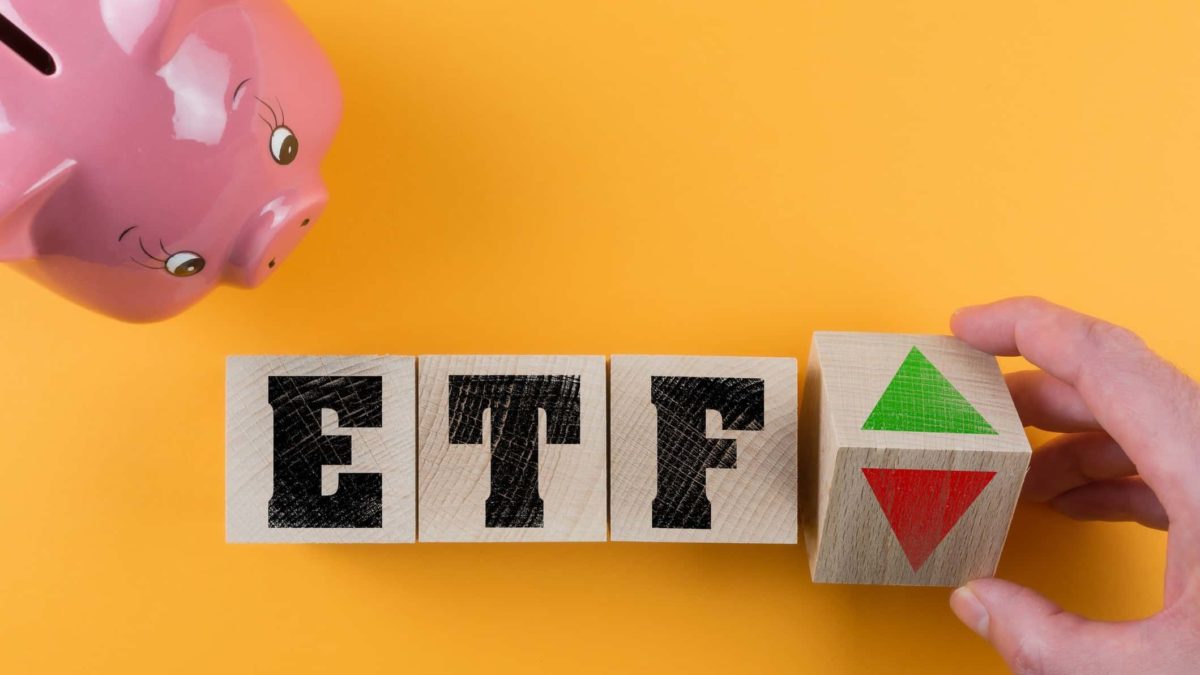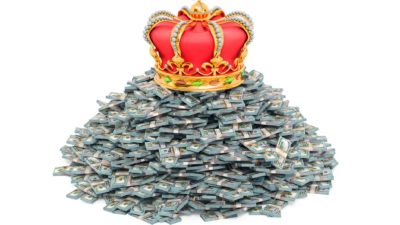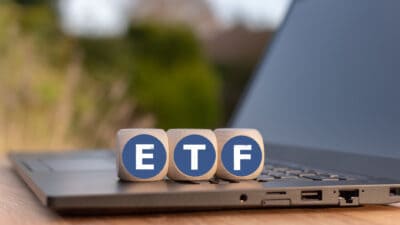There are many ASX exchange-traded funds (ETFs) out there that are popular with investors.
You have your classic index funds, such as the Vanguard Australian Shares Index ETF (ASX: VAS). There are also your ETFs that follow more specific, or thematic investments, such as the BetaShares Global Cybersecurity ETF (ASX: HACK).
The iShares S&P 500 ETF (ASX: IVV) falls into the former group. But instead of tracking ASX shares, it follows the US S&P 500 Index (INDEXSP: .INX), which follows 500 of the largest public companies over in the United States. If you can think of an American company, be that Apple Inc (NASDAQ: AAPL), Netflix Inc (NASDAQ: NFLX) or Nike Inc (NYSE: NKE), it's probably in this index, and ETF.
We take a closer look at why this ETF could be a buy today.
Low management fee
This ETF charges a management fee of 0.04% per annum – one of the lowest on the entire ASX. That fee represents an annual cost of $4 for every $10,000 invested. Fees that ETFs and managed funds charge can take a serious chunk out of your long-term returns. As such, it's usually a good idea to try and minimise these. For example, there will be a big difference in your net wealth if you choose a fund with a management fee of 0.1% than one with 1% if both funds generate an equal gross return.
Diversification
Because this ETF invests in 500 companies, it can provide some meaningful diversification to an ASX share portfolio, especially one holding mostly ASX blue-chip shares. Not only that, many of the companies that the S&P 500 holds are truly global businesses like Apple, Netflix, Nike or Ford Motor Company (NYSE: F). As such, there is far less exposure to just the US economy than you might think. This can be a very useful way of juicing up a portfolio's diversity.
Performance
Past performance is, of course, no future indicator of future returns. However, this ETF has been a very lucrative investment to own over the past few years. In fact, investors have enjoyed an average return of 15.38% per annum over the past 5 years, and 17.93% over the past 10. Those returns dominate what any ASX index fund has returned over that period, and indeed what many actively-managed funds have returned.









